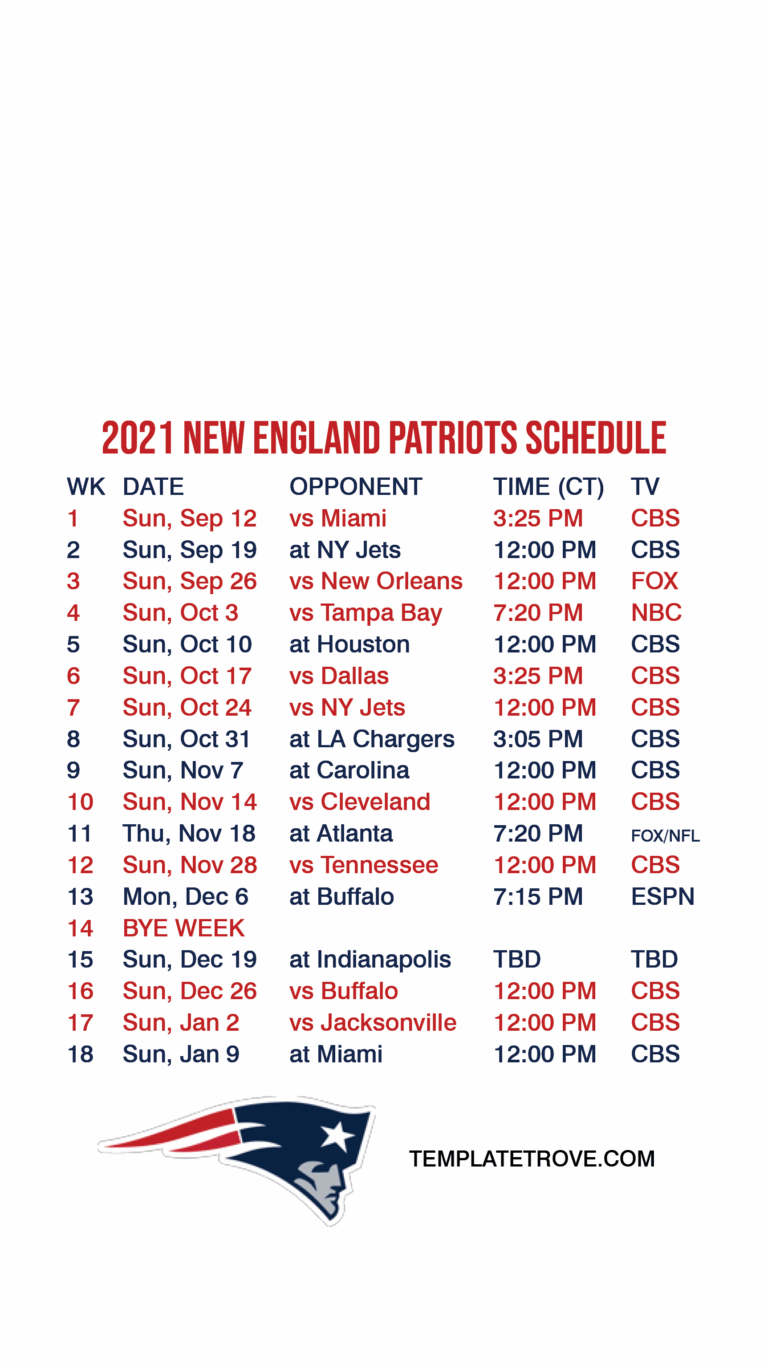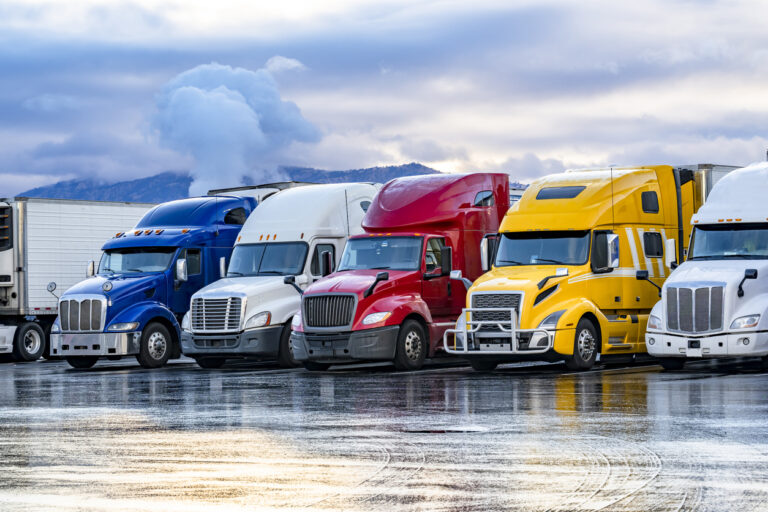Cab And Chassis Pickup Trucks For Sale: Your Ultimate Guide to Unmatched Versatility
Cab And Chassis Pickup Trucks For Sale: Your Ultimate Guide to Unmatched Versatility cars.truckstrend.com
In the vast landscape of commercial vehicles, few options offer the same level of adaptability and specialized utility as the cab and chassis pickup truck. Far from your standard consumer pickup, these robust machines are the backbone of countless industries, serving as the ultimate blank canvas for businesses and individuals who demand highly customized solutions. If you’re looking to acquire a vehicle that can be precisely tailored to your unique operational needs, understanding the world of cab and chassis trucks is your first, crucial step.
This comprehensive guide will delve deep into everything you need to know about cab and chassis pickup trucks for sale, from their fundamental definition and myriad benefits to critical purchasing considerations, popular upfit options, and practical advice to ensure you make an informed decision.
Cab And Chassis Pickup Trucks For Sale: Your Ultimate Guide to Unmatched Versatility
What Exactly is a Cab and Chassis Pickup Truck?
At its core, a cab and chassis pickup truck is a vehicle that comes from the factory with a complete cab (driver’s compartment), an engine, transmission, a robust frame, axles, and wheels – but without a factory-installed cargo bed or rear body. Essentially, it’s a heavy-duty truck designed to be a foundation, awaiting a specialized body or equipment to be mounted directly onto its bare frame.
Unlike a standard pickup, which comes with an integrated bed, a cab and chassis truck provides a flat, open frame section behind the cab. This design allows for an incredible array of custom upfits, transforming the basic truck into a highly specialized tool for specific tasks. While often based on the same heavy-duty platforms as their pickup counterparts (e.g., Ford F-Series Super Duty, Ram Heavy Duty, Chevrolet Silverado HD/GMC Sierra HD), cab and chassis models typically feature stronger frames, higher Gross Vehicle Weight Ratings (GVWRs), and often different suspension or braking components to handle greater loads and more demanding applications.
The Unrivaled Benefits of Choosing a Cab and Chassis
The decision to opt for a cab and chassis truck over a standard pickup is driven by several compelling advantages:
-
Unmatched Customization and Versatility: This is the primary draw. Without a factory bed, you have the freedom to install virtually any specialized body you require. This includes service/utility bodies, flatbeds, dump bodies, crane bodies, stake beds, gooseneck/fifth-wheel haulers, tow truck setups, ambulance bodies, or even specialized RV/camper conversions. The possibilities are nearly endless, allowing you to create a vehicle perfectly suited to your specific vocation.
-
Higher Payload and Towing Capacities: Cab and chassis models are engineered for work. They often boast significantly higher GVWRs and Gross Combined Weight Ratings (GCWRs) than their standard pickup equivalents. This means they can carry heavier loads on their frame and tow more substantial trailers, making them ideal for demanding commercial applications.

-
Optimized for Heavy-Duty Work: These trucks are built from the ground up to endure rigorous use. Their frames are typically thicker and stronger, and components like axles, brakes, and suspensions are designed to handle continuous heavy loads and challenging operating conditions. This translates to greater durability and a longer operational lifespan.

Cost-Effectiveness (in the Long Run): While the initial combined cost of a cab and chassis plus an upfit might seem higher than a standard pickup, it often proves more economical for businesses. You avoid paying for a factory bed that would simply be removed and discarded, and you get a vehicle that is perfectly optimized for its purpose, leading to greater efficiency and less wear and tear on an ill-suited vehicle.
-
Tax Advantages for Businesses: For businesses, purchasing a commercial vehicle like a cab and chassis truck (especially when combined with specialized equipment) can offer significant tax deductions, such as Section 179 depreciation, further enhancing their economic appeal.

Key Considerations When Buying a Cab and Chassis
Navigating the market for cab and chassis trucks requires careful consideration of several critical factors to ensure the vehicle meets your operational requirements and regulatory compliance.
-
Gross Vehicle Weight Rating (GVWR) and Gross Combined Weight Rating (GCWR): These are paramount. GVWR is the maximum permissible weight of the vehicle itself, including its own weight, the upfit, passengers, and cargo. GCWR is the maximum permissible weight of the loaded vehicle and a loaded trailer combined. Understanding these limits is crucial for safety, legality, and ensuring the truck can handle your anticipated loads.
-
Wheelbase and Cab-to-Axle (CA) Measurement: The wheelbase (distance between the center of the front and rear wheels) and especially the CA measurement (distance from the back of the cab to the center of the rear axle) are critical for matching the truck to your intended upfit. Different upfit bodies require specific CA lengths for proper fitment and weight distribution.
-
Engine Type and Powertrain: Choose between gasoline and diesel engines based on your needs. Diesel engines generally offer more torque for heavy hauling and better fuel economy under load, while gasoline engines often have lower upfront costs. Consider 2WD for lighter duty or 4WD for off-road or challenging terrain access.
-
Axle Ratios: The rear axle ratio affects both towing capacity and fuel efficiency. A "lower" (numerically higher) ratio provides more torque for towing heavy loads but reduces fuel economy, while a "higher" (numerically lower) ratio is better for highway cruising and fuel economy but reduces pulling power.
-
Electrical System and PTO (Power Take-Off): If your upfit requires auxiliary power for hydraulic systems, cranes, or other equipment, ensure the truck is equipped with the necessary electrical capacity (e.g., dual alternators, higher amperage) and/or a Power Take-Off (PTO) unit on the transmission.
-
Cab Configuration: Cab and chassis trucks are available in Regular Cab (single row), Extended Cab (extra space behind front seats), and Crew Cab (two full rows of seats) configurations, allowing you to choose based on your crew transportation needs.
-
Brakes and Suspension: Verify that the braking system and suspension components are robust enough for your intended maximum loads, especially if you plan to carry extremely heavy or specialized equipment.
Popular Upfit Options for Cab and Chassis Trucks
The beauty of a cab and chassis lies in its transformability. Here are some of the most common and practical upfit options:
- Service/Utility Bodies: Enclosed compartments with external access, ideal for plumbers, electricians, contractors, and service technicians to organize tools and parts.
- Flatbeds: A flat, open platform, perfect for hauling large, irregularly shaped items, pallets, or equipment. Can be combined with stake sides for added versatility.
- Dump Bodies: Hydraulically lifted beds for efficiently unloading loose materials like dirt, gravel, sand, or debris. Essential for construction, landscaping, and waste management.
- Crane Bodies: Integrated with a crane arm, these are used for lifting and moving heavy objects on job sites, common in construction, utilities, and heavy equipment maintenance.
- Gooseneck/Fifth-Wheel Haulers: Equipped with a special hitch in the center of the frame, designed to tow large, heavy trailers like those used for equipment transport or RVs.
- Tow Trucks/Wreckers: Specialized bodies with winches, booms, and wheel lifts for vehicle recovery and towing.
- Ambulances/Fire Apparatus: Highly customized bodies designed for emergency medical services or firefighting, often built on medium-duty cab and chassis platforms.
- RV/Camper Conversions: For those seeking a heavy-duty personal vehicle, the chassis can be fitted with a custom camper or motorhome body, offering unparalleled towing capacity for toys or trailers.
Where to Find Cab and Chassis Pickup Trucks for Sale
Finding the right cab and chassis truck involves knowing where to look:
- New Truck Dealerships: Major manufacturers like Ford, Ram, Chevrolet, and GMC offer cab and chassis models directly through their commercial vehicle divisions. This is the best option for customization from the ground up and full factory warranties.
- Used Truck Dealerships: Many dealerships specialize in commercial and fleet vehicles. They often have a selection of used cab and chassis trucks, sometimes already upfitted, or ready for a new body.
- Online Marketplaces: Websites like TruckPaper.com, CommercialTruckTrader.com, and eBay Motors (commercial section) list a wide variety of new and used cab and chassis trucks from dealers and private sellers across the country.
- Auctions: Government surplus auctions, fleet auctions, and private commercial vehicle auctions can be excellent places to find deals, though they require careful inspection and an understanding of auction dynamics.
- Direct from Fleets/Businesses: Sometimes, companies selling off older vehicles from their fleet will list them directly, potentially offering good value.
Tips for a Successful Purchase
- Define Your Needs Precisely: Before you start looking, clearly outline what you’ll be using the truck for. What type of cargo? How much weight? What terrain? What specialized equipment is required?
- Research Manufacturers and Models: Compare specs, reliability, and available options across brands. Read reviews from other commercial users.
- Factor in Upfitting Costs: Remember, the cab and chassis is only half the equation. Get quotes for your desired upfit body and installation, as this can significantly add to the total cost.
- Inspect Thoroughly (for Used Trucks): If buying used, always arrange for a pre-purchase inspection by a qualified, independent mechanic. Pay close attention to the frame, engine, transmission, and suspension.
- Understand GVWR and Licensing: Ensure the truck’s GVWR matches your needs and that you (or your drivers) possess the appropriate driver’s license for the vehicle’s weight class (e.g., CDL for certain heavy vehicles).
- Consider Resale Value: Some configurations and brands hold their value better than others.
- Explore Financing Options: Commercial vehicle financing differs from personal auto loans. Research options and get pre-approved if possible.
Challenges and Solutions
- Challenge: Initial Investment Cost. Cab and chassis trucks, especially with custom upfits, represent a significant investment.
- Solution: Explore commercial financing options, consider well-maintained used models, and focus on the long-term ROI and efficiency gains that a purpose-built vehicle provides.
- Challenge: Complexity of Upfitting. The process of selecting and installing the right body can be daunting.
- Solution: Work with reputable and certified upfitters who have experience with your desired application. They can guide you through the options, ensure proper installation, and help with weight distribution calculations.
- Challenge: Finding the Right Specifications. Matching the perfect chassis to a specific upfit requires detailed knowledge of measurements and capacities.
- Solution: Consult with commercial truck dealers and upfitters. Provide them with your exact requirements, and they can help you spec out the ideal truck.
Cab And Chassis Pickup Trucks: Estimated Price Table (New & Used)
Prices are highly variable based on specific configurations, engine choices, 2WD/4WD, trim levels, market demand, mileage, condition, and location. Upfit costs are additional.
| Manufacturer | Model | GVWR Range (lbs) | Engine Type (Typical) | Cab Type (Common) | New Price Range (Chassis Only) | Used Price Range (Chassis Only, 3-7 yrs old) | Notes/Typical Upfits |
|---|---|---|---|---|---|---|---|
| Ford | F-350 Chassis | 11,500-14,000 | Gas/Diesel | Reg/Ext/Crew | $40,000 – $65,000 | $20,000 – $45,000 | Service, Flatbed, Dump, Gooseneck Hauler |
| Ford | F-450 Chassis | 16,000-16,500 | Diesel | Reg/Ext/Crew | $55,000 – $80,000 | $30,000 – $55,000 | Heavy Service, Crane, Wrecker, Larger Dump |
| Ford | F-550 Chassis | 17,500-19,500 | Diesel | Reg/Ext/Crew | $60,000 – $90,000+ | $35,000 – $65,000+ | Heavy Duty Service, Crane, Ambulance, Fire Apparatus |
| Ram | 3500 Chassis | 11,500-14,000 | Gas/Diesel | Reg/Ext/Crew | $40,000 – $65,000 | $20,000 – $45,000 | Service, Flatbed, Dump, Gooseneck Hauler |
| Ram | 4500 Chassis | 16,000-16,500 | Diesel | Reg/Ext/Crew | $55,000 – $80,000 | $30,000 – $55,000 | Heavy Service, Crane, Wrecker, Larger Dump |
| Ram | 5500 Chassis | 17,500-19,500 | Diesel | Reg/Ext/Crew | $60,000 – $90,000+ | $35,000 – $65,000+ | Heavy Duty Service, Crane, Ambulance, Fire Apparatus |
| Chevrolet | Silverado 3500HD | 11,500-14,000 | Gas/Diesel | Reg/Ext/Crew | $40,000 – $65,000 | $20,000 – $45,000 | Service, Flatbed, Dump, Gooseneck Hauler |
| GMC | Sierra 3500HD | 11,500-14,000 | Gas/Diesel | Reg/Ext/Crew | $40,000 – $65,000 | $20,000 – $45,000 | Service, Flatbed, Dump, Gooseneck Hauler |
Frequently Asked Questions (FAQ) About Cab and Chassis Pickup Trucks
Q1: What’s the main difference between a regular pickup and a cab and chassis?
A1: A regular pickup comes with a factory-installed cargo bed. A cab and chassis truck comes without a bed, providing a bare frame behind the cab, ready for a specialized custom body (upfit).
Q2: Can I drive a cab and chassis truck without an upfit?
A2: While technically operable, it’s generally not recommended or practical. The exposed frame can be dangerous, and weight distribution might be off. It’s designed to have an upfit installed.
Q3: Are cab and chassis trucks more expensive than regular pickups?
A3: The chassis only might be comparable or slightly less than a fully equipped regular pickup. However, the total cost, including the essential custom upfit (e.g., service body, dump body), will almost always be significantly higher than a standard pickup.
Q4: What is GVWR and why is it important?
A4: GVWR stands for Gross Vehicle Weight Rating, the maximum permissible weight of the fully loaded vehicle (including truck, upfit, cargo, passengers). It’s crucial for safety, legal compliance (avoiding overloading fines), and ensuring the vehicle’s components can handle the load.
Q5: Do I need a special license to drive a cab and chassis?
A5: It depends on the truck’s GVWR and GCWR, and what you’re towing. Many heavy-duty cab and chassis trucks (especially F-450/550, Ram 4500/5500) have GVWRs that may require a Commercial Driver’s License (CDL) or specific endorsements, depending on state regulations and whether you’re using it for commercial purposes. Always check your local Department of Motor Vehicles (DMV) regulations.
Q6: How long does it take to get a truck upfitted?
A6: The timeline varies greatly depending on the complexity of the upfit, the availability of materials, and the upfitter’s schedule. Simple flatbeds might be quicker (weeks), while complex custom service bodies or specialized equipment can take months.
Conclusion
Cab and chassis pickup trucks represent the pinnacle of utility and adaptability in the commercial vehicle market. They are not merely transportation; they are purpose-built platforms designed to be precisely molded to the demands of specific vocations. From the bustling construction site to the remote utility line, these workhorses provide the heavy-duty foundation upon which countless businesses operate.
By understanding their unique advantages, carefully considering the crucial factors before purchase, and wisely navigating the upfitting process, you can acquire a powerful, efficient, and perfectly tailored vehicle that will serve as an invaluable asset to your operations for years to come. Investing in a cab and chassis isn’t just buying a truck; it’s investing in a specialized solution that drives productivity and profitability.






